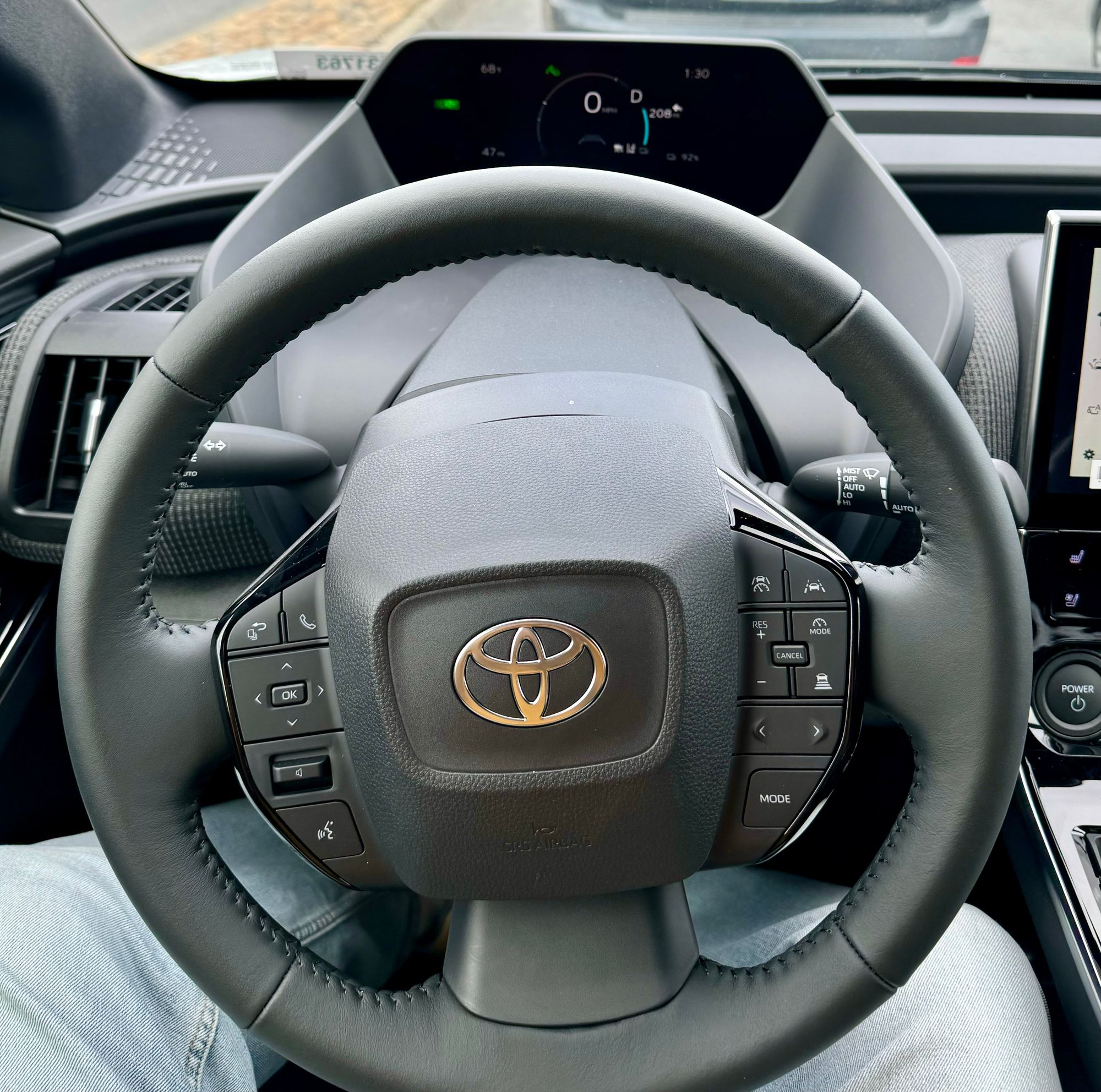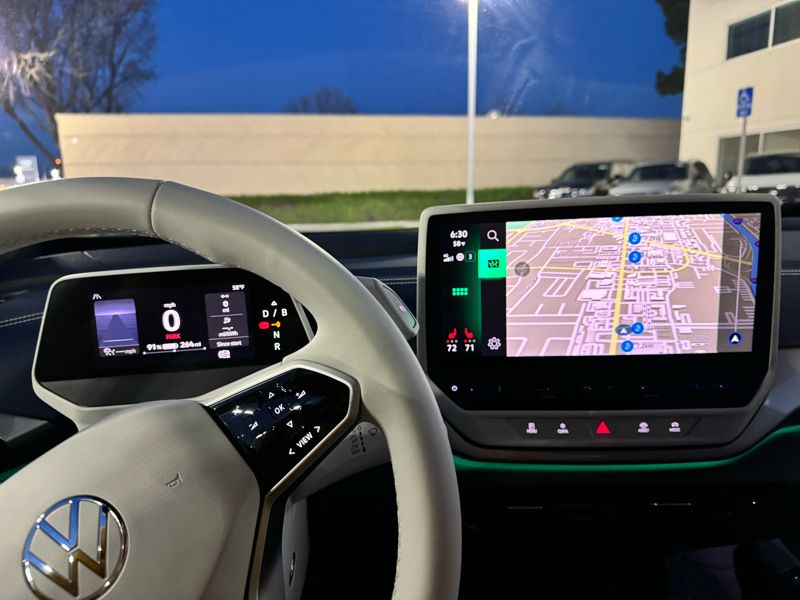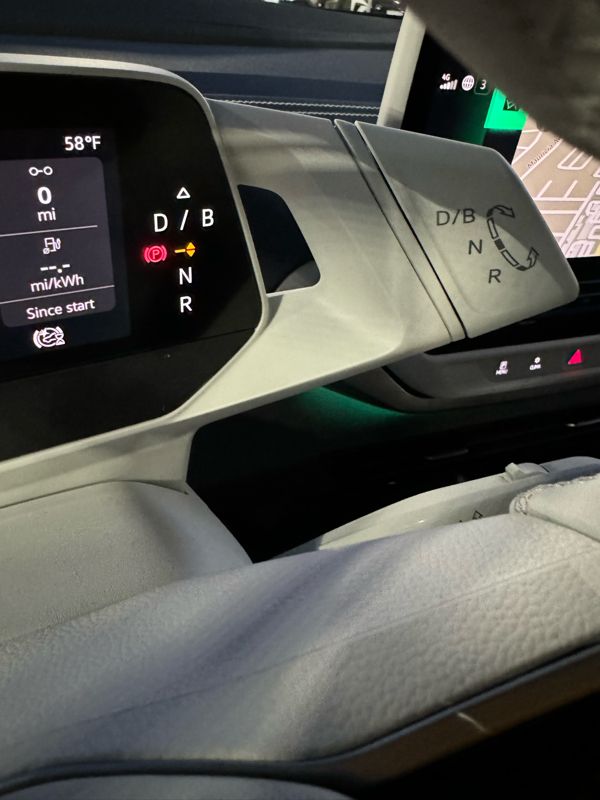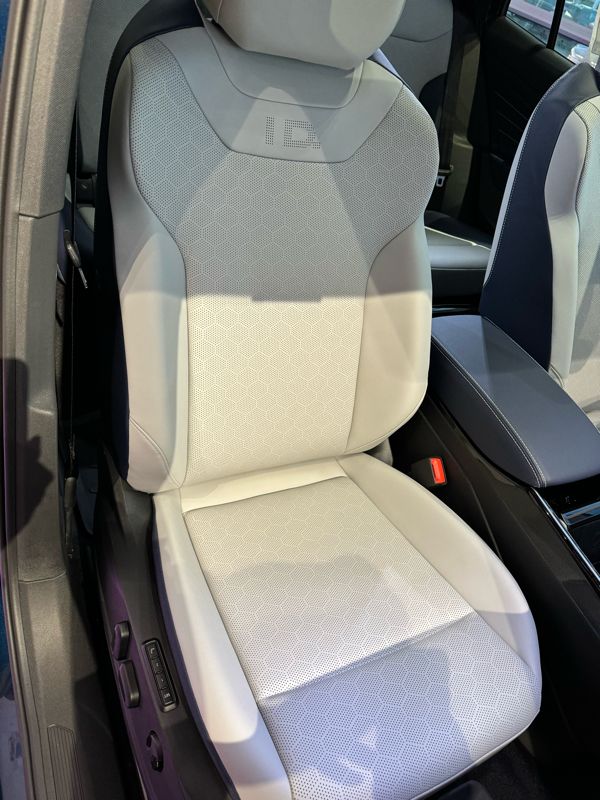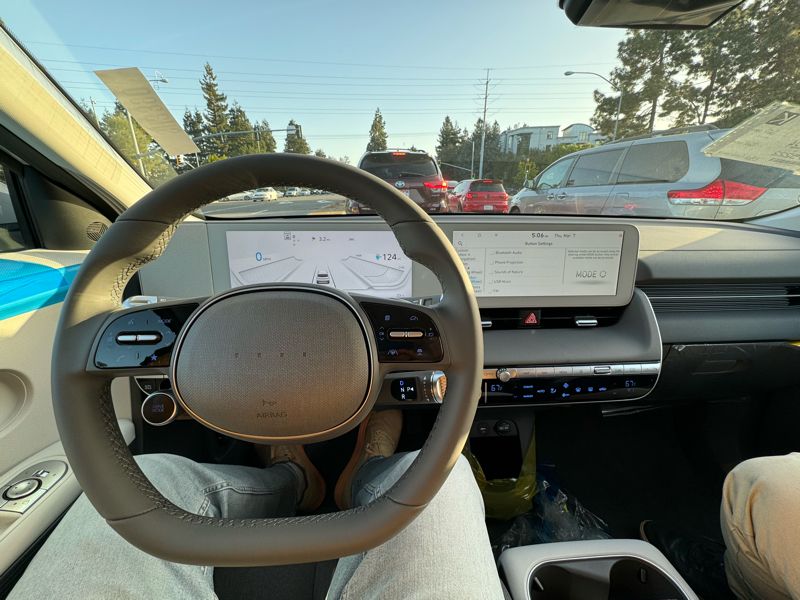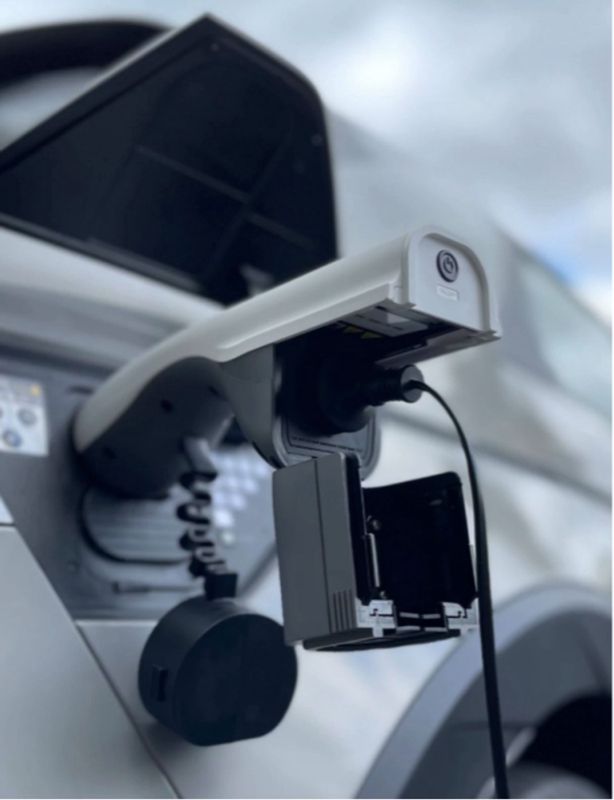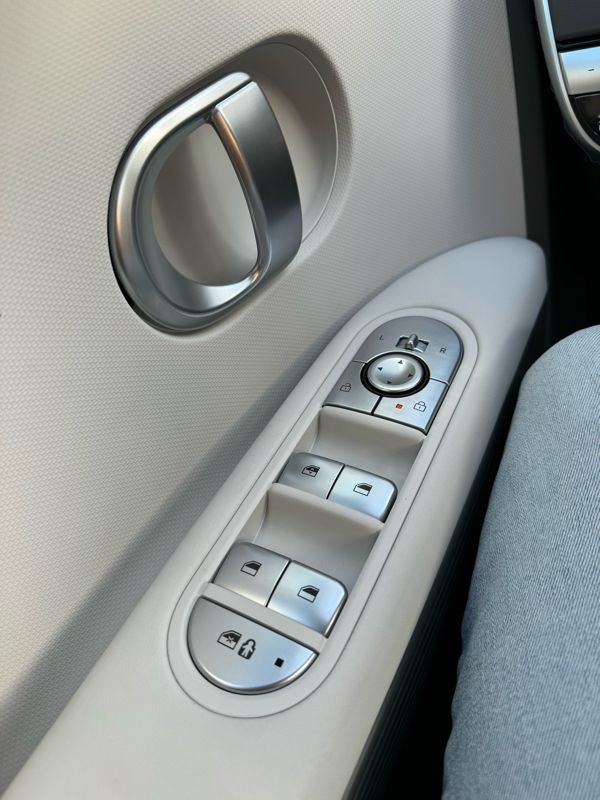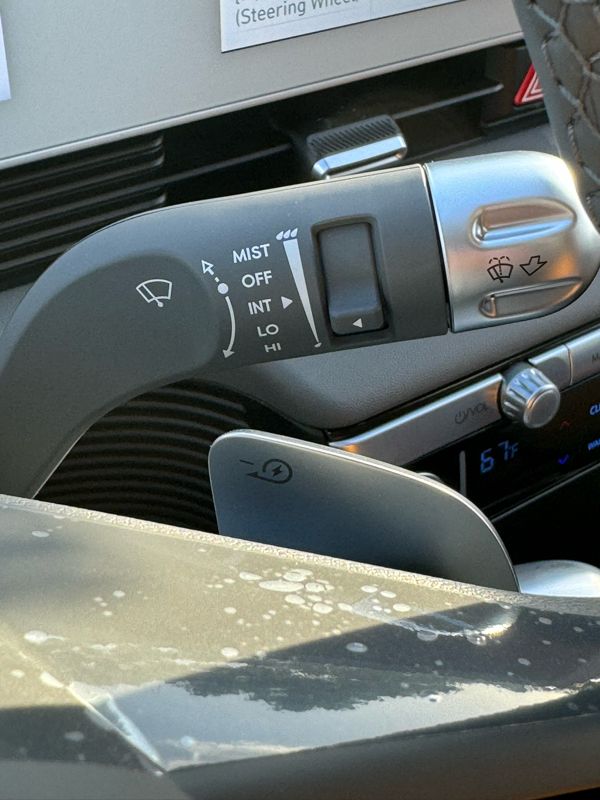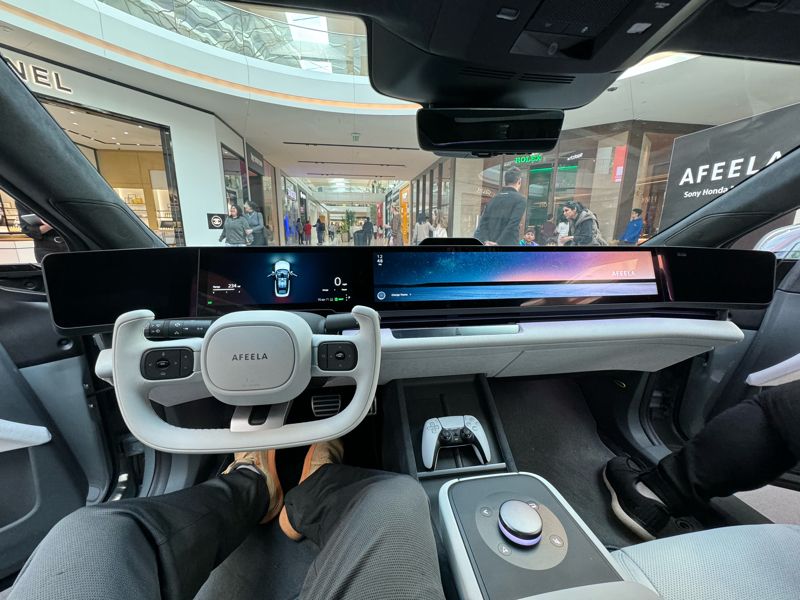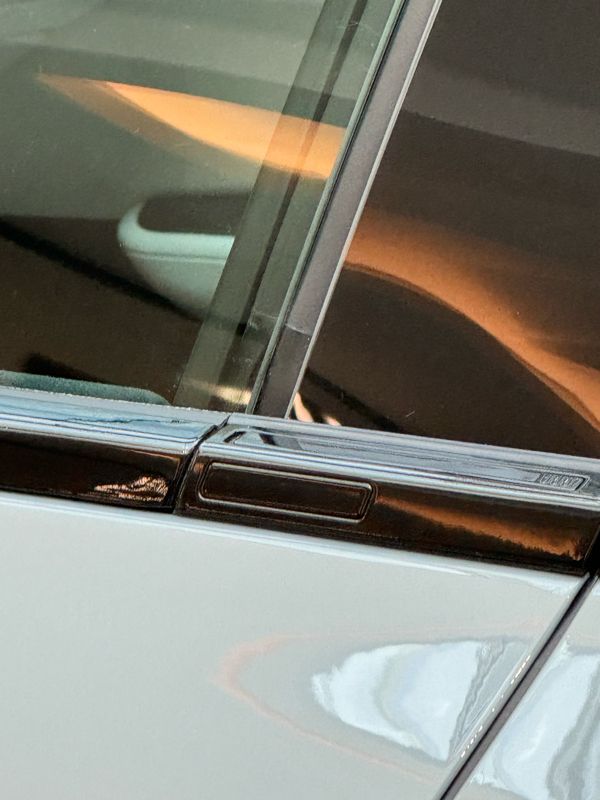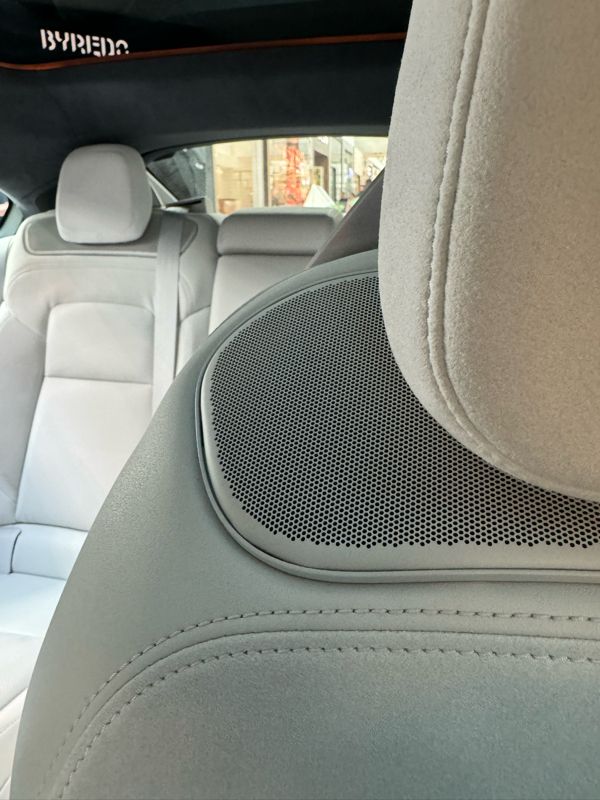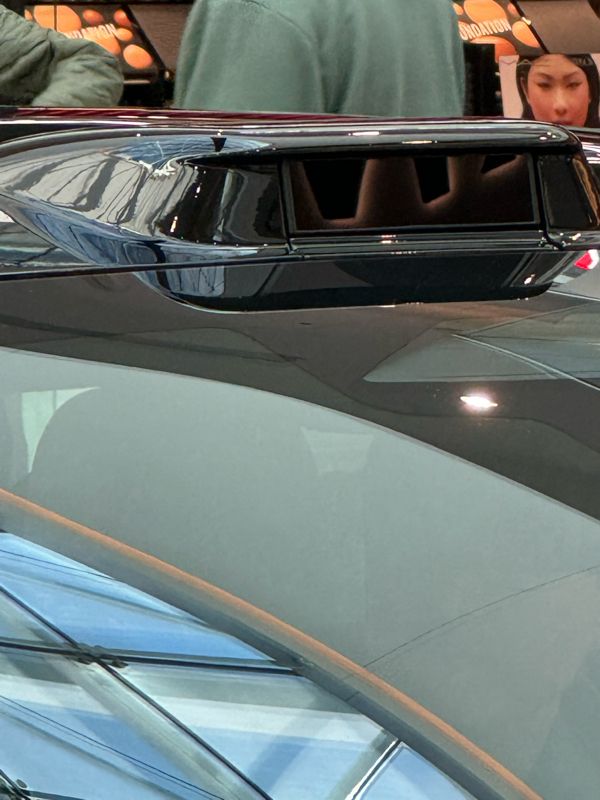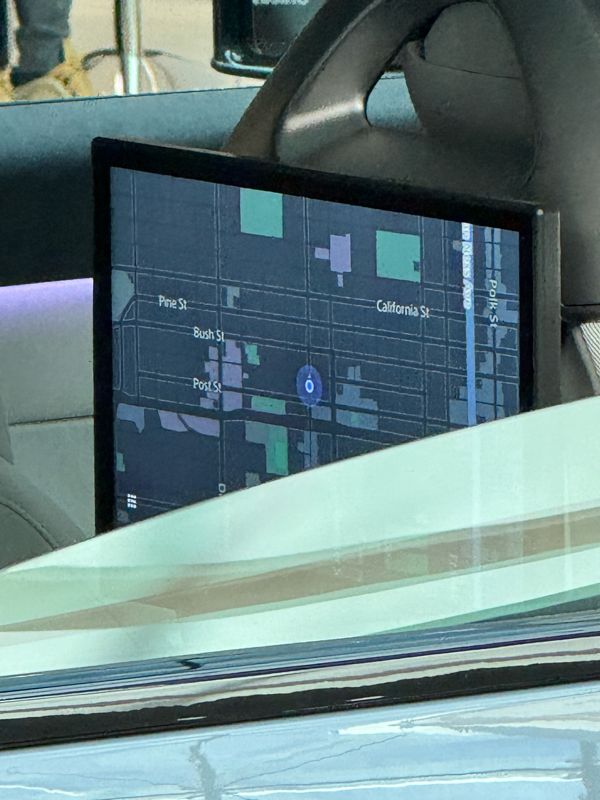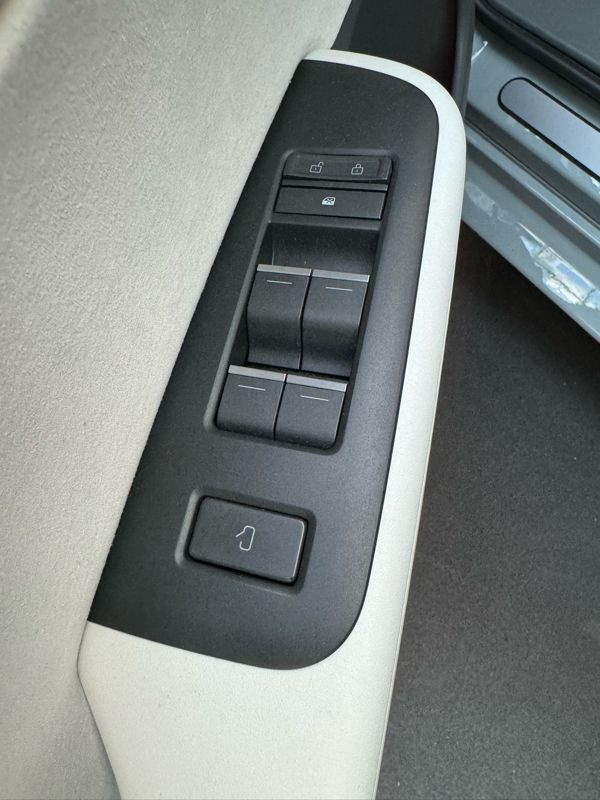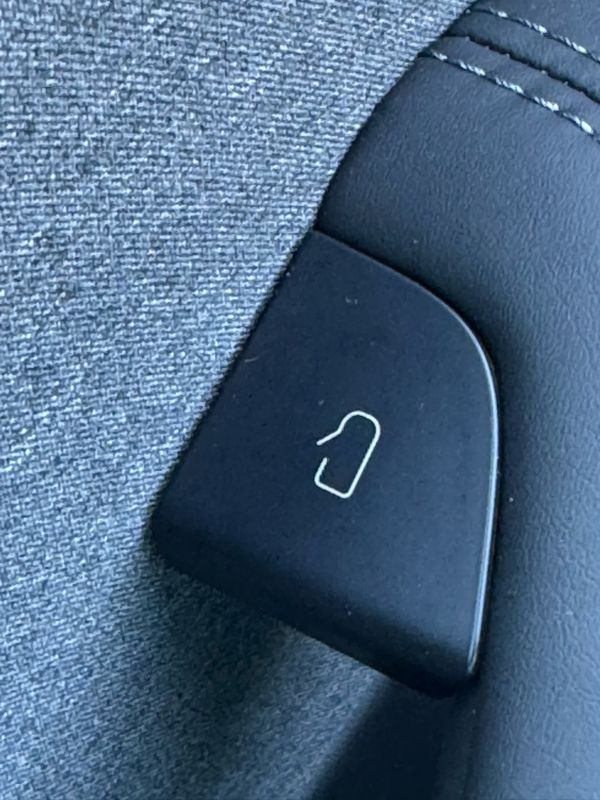Test-driving EV crossovers.
Overall niceness
- VW ID4
- Nissan Ariya
- Hyundai Ioniq 5
—
Toyota BZ4X
Cushy driver seat
All top 3 are comfy.
- Ariya
- Ioniq5
- ID4
—
BZ4X cramped
Ride on rough road
- Ariya: mid-smooth
– - Ioniq 5 : meh
- ID4: meh
Value
- Ioniq 5: base trim has all tech you need. Great deals.
- Ariya: base trim has power driver seat, leatherette, HUD. “Zero G” driver seat is very comfy. Great deals.
- ID4: higher-priced, no deals
—
BZ4X: expensive, cramped, no deals
Ariya

+
• Comfy
• Spacious
• Great value
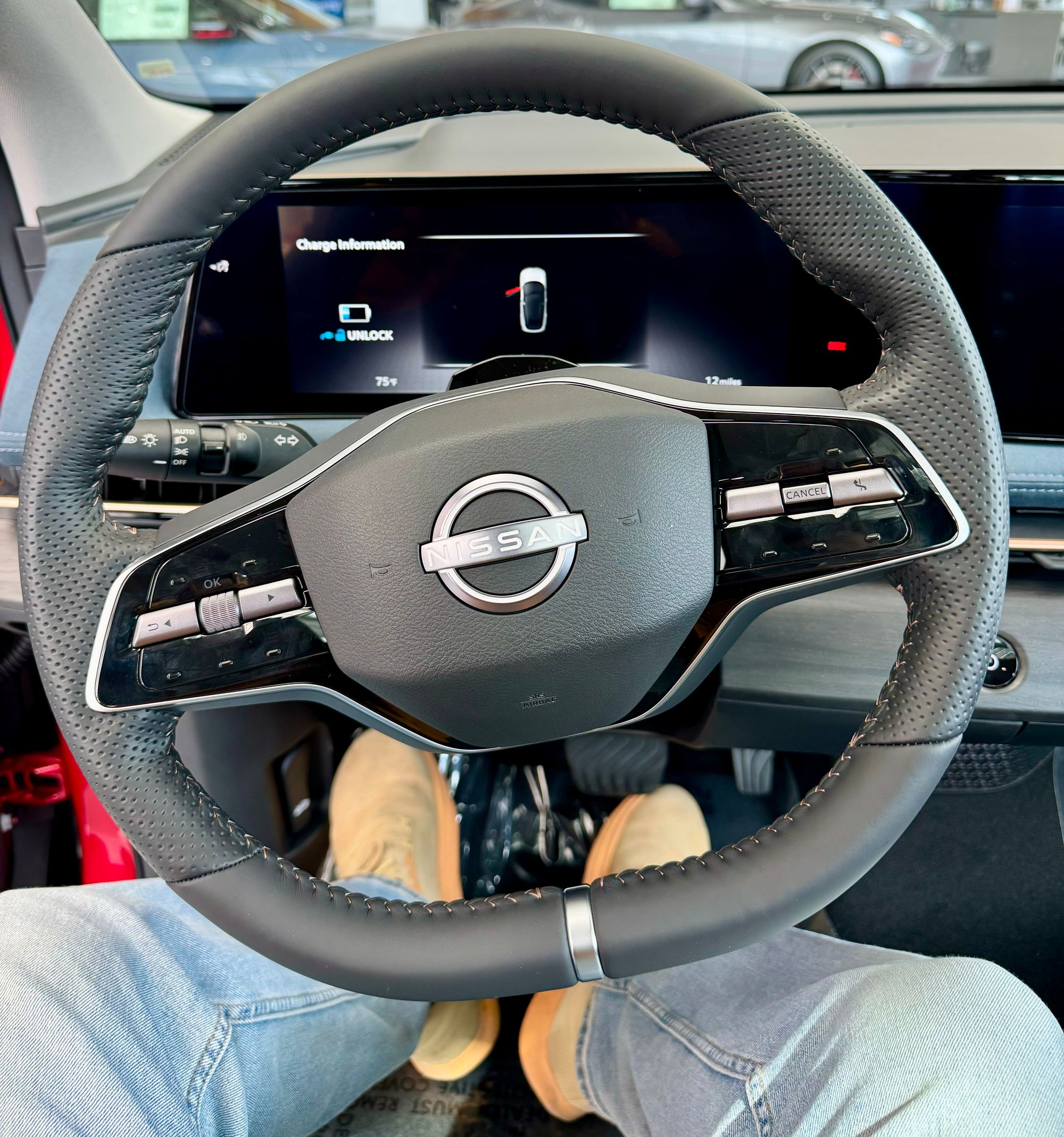
–
• Specs are mid
• Cheesy, flat, fake-wood capacitive buttons have poorly implemented haptic click, delayed like half a sec after you tap
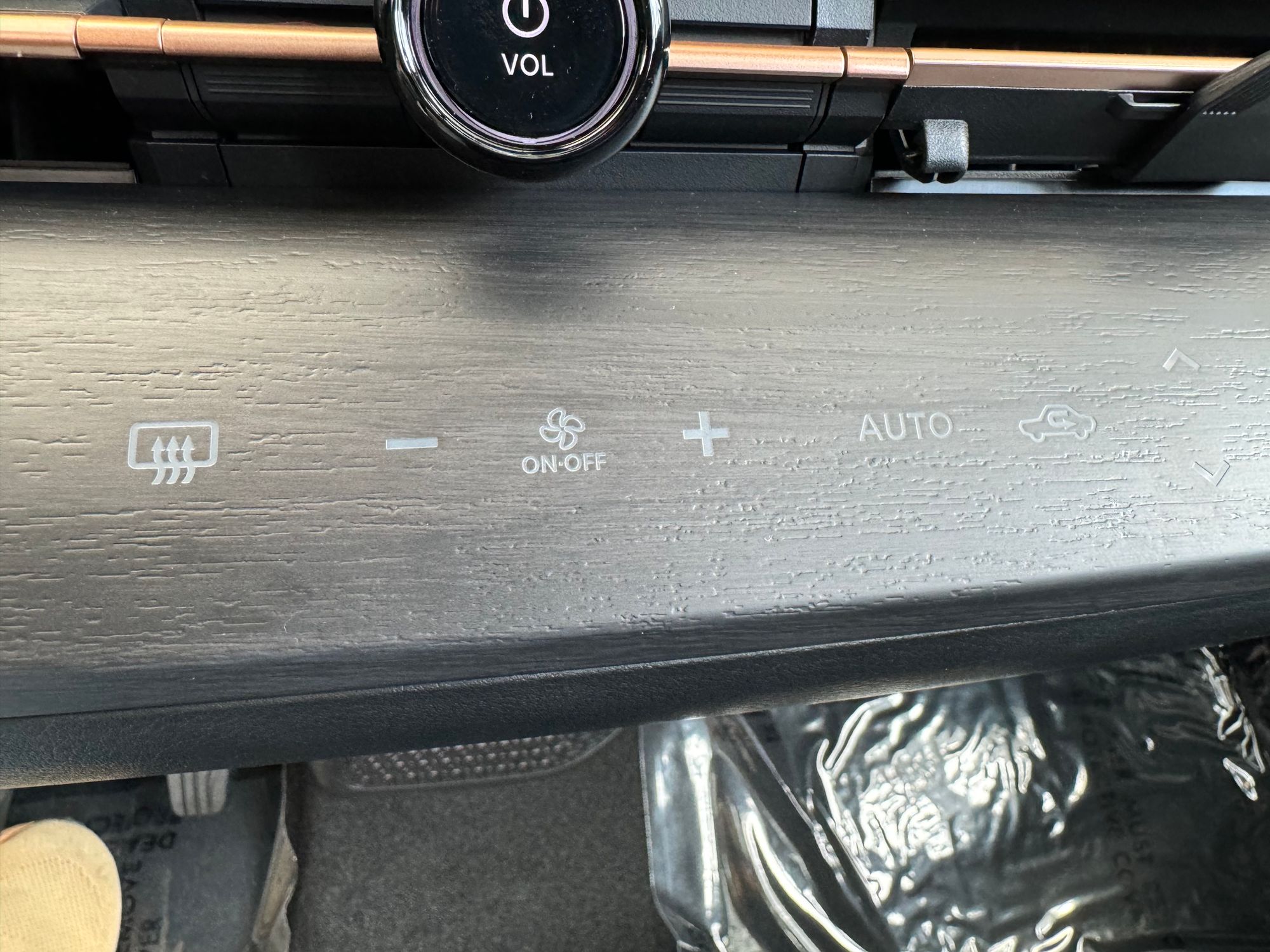
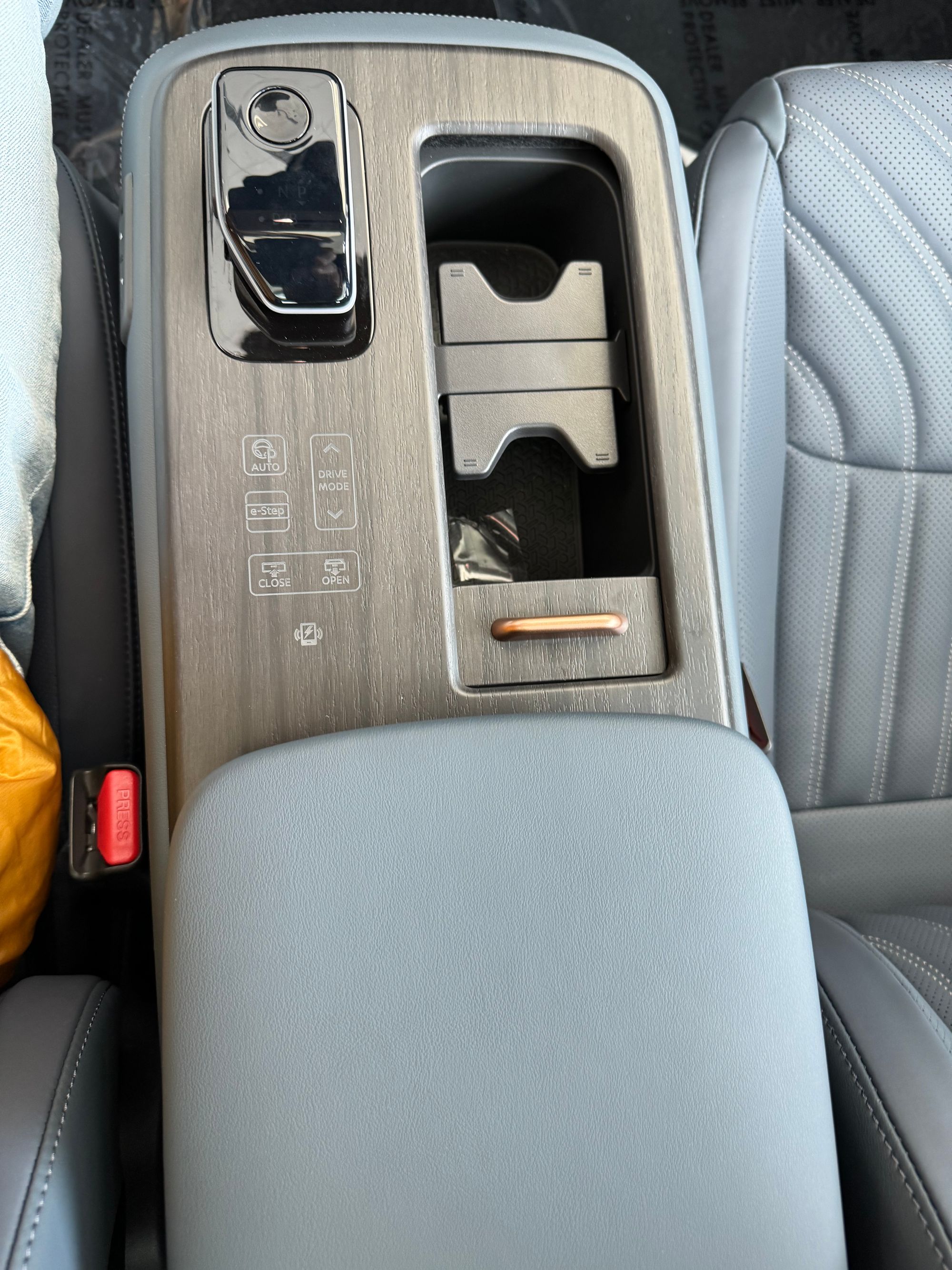
• Acceleration decent, but felt artificially delayed so it’s like gas
Toyota BZ4X
+
• Small steering wheel easy to drive
• Binnacle screen right in front
–
• Poor specs (charge speed, range, efficiency)
• Weird black quarter panel
• Cockpit design with closed center console is cramped
• Expensive
• Sales so surly and ignorant, seemed designed to steer away from EVs
